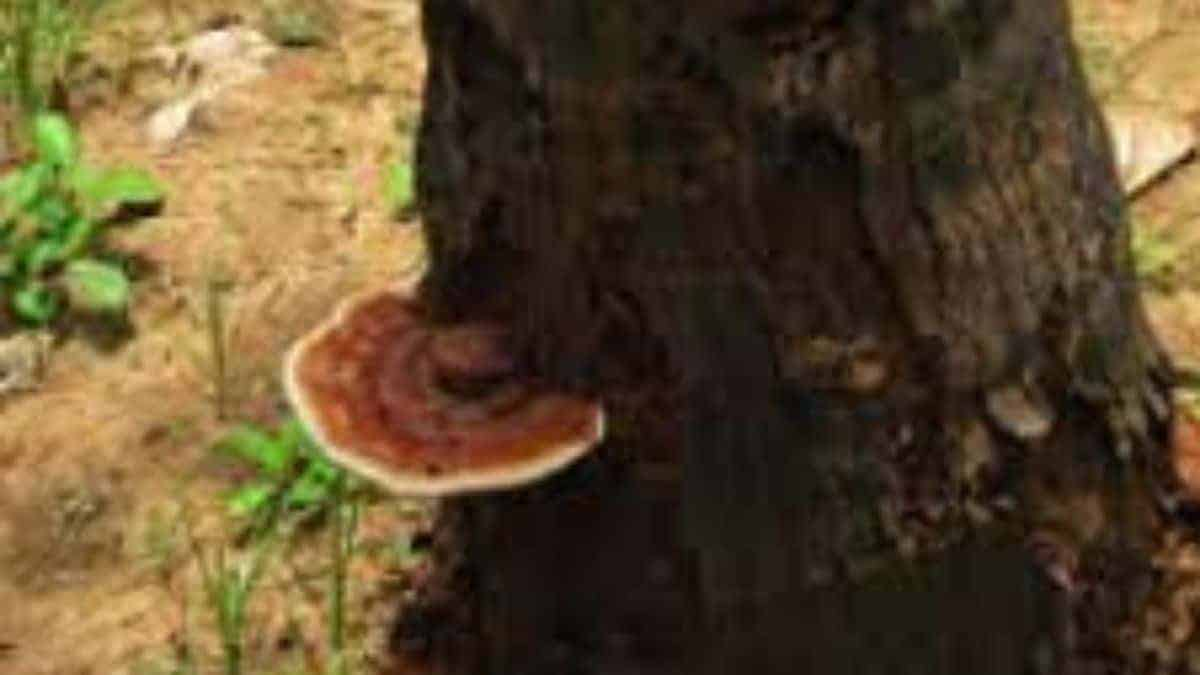Two fungi linked to basal stem rot have been discovered in Kerala

Two new species of fungus from the genus Ganoderma have been discovered in Kerala and are linked to coconut stem rot. They also genotyped and found genetic indicators in the two fungal species, Ganoderma keralense and G. pseudoapplanatum. The DNA barcodes have been made public in DNA sequence libraries so that future research might utilise them to detect the virus early. The findings were reported in the scientific journal Mycologia.
Stem rot, produced by the white-rot fungus Ganoderma boninense, is the greatest danger to oil palm (Elaeis guineensis) output in Southeast Asia. Basal stem rot (BSR) is the most prevalent sign of the illness, which is caused by the continuous deterioration of the root system and, eventually, the lower stem. Water stress, one-sided mottling of the canopy, flattening of the crown, many unopened spears, and basidiocarp development on the lower stem are all symptoms (Turner, 1981). Upper stem rot (USR) is substantially less common, with stem decay and basidiocarp development occurring at higher elevations (Flood et al., 2003), culminating in stem breakage and toppling above the source of infection.


